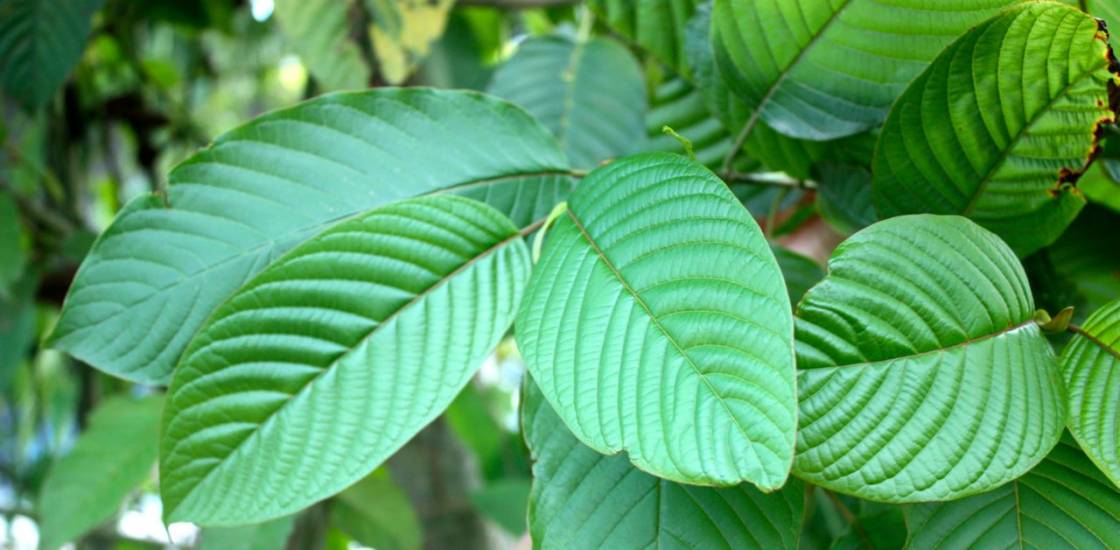KRATOM IS NOT THE NEW BATH SALTS.

Written By: Meko Haze 2/29/2016
A new plant is gaining attention across the country. Unfortunately, a lot of that information is nothing more than propaganda. The FDA has been finding anything they can to give kratom a bad name. Many have a belief this is because the possible damage kratom could do to the pharmaceutical companies as it can be a safer alternative to some medications.
Just days ago, The Daily Beast did an article titled, “Is Kratom the New Bath Salts?” A ridiculous comparison at best. It is articles like these that are giving kratom a bad name in the public eye. A bad name it does not deserve.
The Daily Beast touched on kratom’s origins with Thai and Malaysian laborers and farmers. Because kratom can produce both a stimulant and a narcotic effect depending on the dose, these workers would use it to help them maintain energy throughout the day. But kratom has been banned in Thailand for over 70 years.
Kratom did not get banned for the reasons you may think. The ban did not come from a concern for people, or a high overdose rate. Thailand put a ban on kratom due to the money that the government was losing.
In the 30’s and the 40’s, opium shops were a thriving business in Thailand. With the opium shops doing great the government decided to raise their taxes. When the shops had their taxes raised, they had to raise their prices to match. A vicious cycle of opium taxes going up, along with the opium prices going up, caused the people to say, we can no longer afford this.
It was at that point the people of Thailand began using kratom to help with their opiate withdrawals. The switch to kratom struck a devastating blow to the opium shops and the taxes the Thai government was levying. Then came the Greater East Asia War in 1942.
The war mixed with the declining revenues from the opium shops forced the Thai government to take action. The Kratom Act went into effect in 1943; which called for the destruction of every kratom plant in the area.
In 2010, the Thai Office of the Narcotics Control Board had proposed decriminalizing kratom. The ONCB stated that the lack of health or social harm made prohibiting the plant unnecessary and counterproductive. In 2013, the justice ministry of Thailand suggested the removal of kratom from their narcotic drug list. The justice ministry stated that kratom should remain regulated, due to the effects it has on the nervous system. As of now, Thailand has yet to move forward with removing kratom from the narcotics list.
The Daily Beast went on to say kratom acts like an opioid, but has a “much lower risk of overdose-related death.” While it is possible they exist, no records seem to exist of a solely kratom related death. Every death on record appears the deceased were using other drugs along with kratom at the time of their passing. Three of those cases happened in America and another nine in Sweden. The nine in Sweden were using Krypton. Krypton contains powder extracts of kratom leaves and the mu-opioid agonist, O-desmethyltramadol, the major active metabolite of tramadol.
Kratom has many beneficial qualities to the plant. Many claim kratom to help with pain, anxiety, depression and opiate withdrawals. Aiding opiate withdrawals could be one of its most beneficial traits for America.
Opioid use is at a record high in America and around the world. In 2014, the estimated number of prescription opioid abusers was between 26.4 and 36 million people worldwide. It is that in America an estimated 2.4 million people struggle with prescription opioid abuse while another 600,000 addicted to heroin. These addictions have blossomed into a dangerous drug trade off where prescription addicts are turning to heroin, and heroin addicts are turning to prescriptions.
The Daily Beast reported the side effects of kratom received from the FDA. These effects included, “respiratory depression, vomiting, nervousness, weight loss, and constipation.” A fraction of the side effects caused by many of the prescriptions we hand out every day.
At the moment, America’s best weapon against opioid addiction is methadone. Methadone is used to reduce withdrawal symptoms for heroin and other narcotic drugs without causing the “high” associated with the addiction. But how safe is methadone and is it doing more damage than good?
When comparing methadone to kratom, it is easy to see which one is safer for the people. Methadone is a dangerous drug. The most common adverse reactions include lightheadedness, dizziness, sedation, nausea, vomiting, and sweating. The major adverse reactions include respiratory depression; to a lesser degree, systemic hypotension, respiratory arrest, shock, cardiac arrest, and death. These possibilities are a short list of all the possible side effects that can come from methadone use.
Methadone withdrawal can be just as bad, if not worse than the withdrawal from the drug addictions the addict is trying to beat. Methadone can be habit-forming at regular doses. For nursing mothers, methadone can pass through breast milk, potentially causing breathing problems or addiction and withdrawal symptoms in a nursing baby.
While kratom addictions do exist, they are few and far, and the withdrawal lasts for a very short amount of time and is less dangerous to the user than that of a methadone withdrawal. Once again, there does not appear to be any solid cases of death linked solely to a kratom withdrawal.
While the FDA claims that kratom is a threat to those who use it, let’s take a look at some of the other “safer alternatives” Big Pharma offers.
The legal opioids we have access to include Oxycontin, Oxycodone, hydrocodone, codeine, morphine, fentanyl and others. Drug overdose is the leading cause of accidental death in America. Out of the 47,055 lethal drug overdoses in 2014, 18,893 were caused by prescription drugs. Heroin claimed an additional 10,574. In all, prescription drugs claimed more lives than heroin and methamphetamines combined.
In 2012, 259 million opioid prescriptions were written. Four out of five new heroin users started with prescription opioids. Heroin overdoses quadrupled from 2000 to 2013. From 2000 to 2010, heroin overdoses showed a 6% average increase every year. From 2010 to 2013, it jumped to a 37% average increase each year. In a 2014 survey of people in treatment for opioid addiction, 94% of respondents chose heroin over opioid prescriptions because they are “far more expensive and harder to obtain.”
Opioid prescriptions have become the perfect stepping stone on the road to becoming a heroin addict.
With opioid prescriptions hitting all-time highs, the drug treatment industry has become a booming business. Substance abuse treatment is just under a $10 billion industry. With opioids running a muck through the country, introducing an all-natural alternative to opioids could severely hurt the thriving industry.
Kratom is a threat to two industries that are one in the same. Big Pharma and the treatment centers stand to take a huge financial blow should people move forward with kratom. Between the prescriptions and the treatment, we have created a situation almost identical to Thailand in the 1940’s. People are choosing to turn to kratom and those standing to lose money want it gone.
There is still a lot of undiscovered areas in using kratom, which is why it needs to be researched, not banned. What we do know about kratom so far is that it is a much safer alternative than what we are using now. To say that kratom is dangerous when compared to some of the prescriptions handed out on a daily basis is absurd.
Only a few states have banned kratom in America. A couple of states have made the first steps to attempt to ban it, which would be a mistake. Banning kratom would be a huge step in the wrong direction of finding safer medications for our people.







